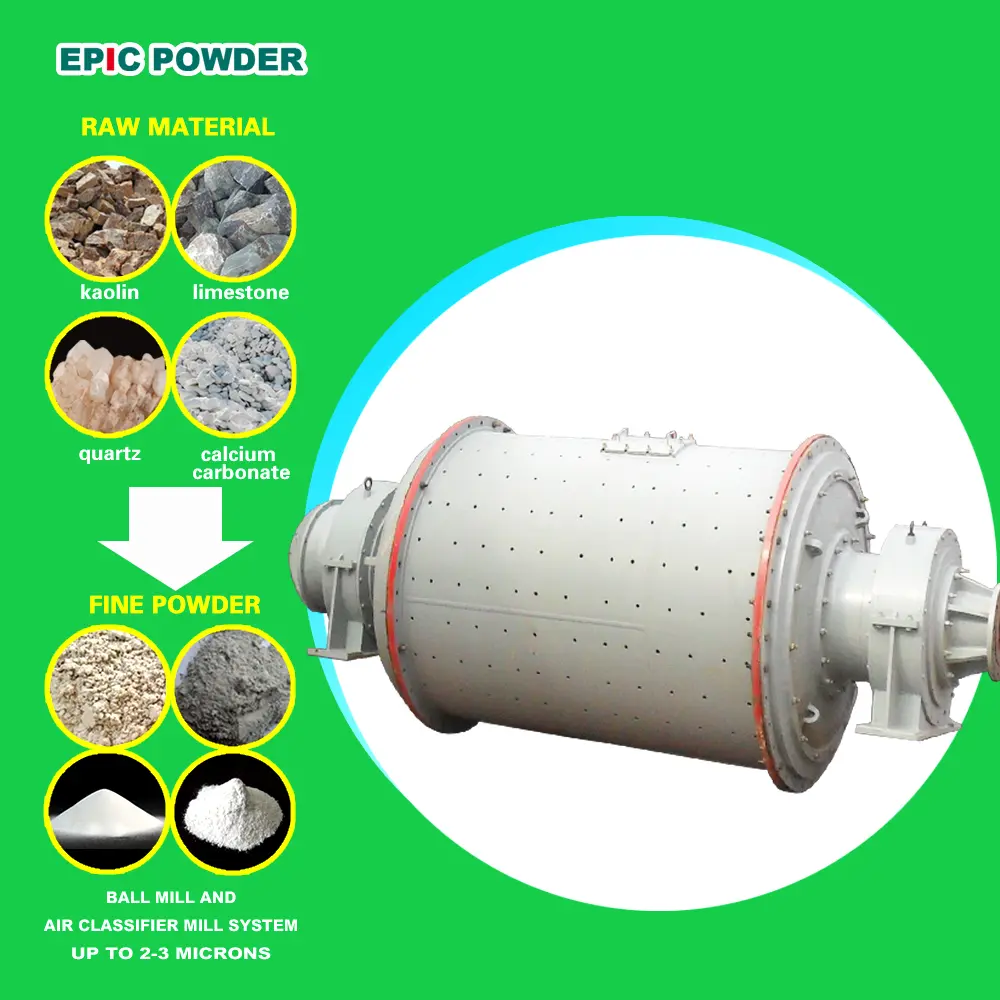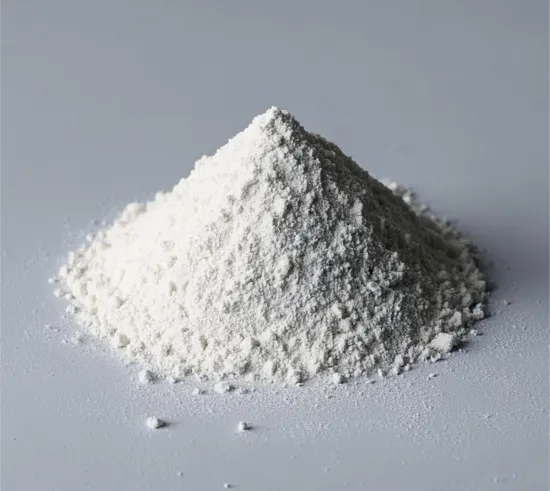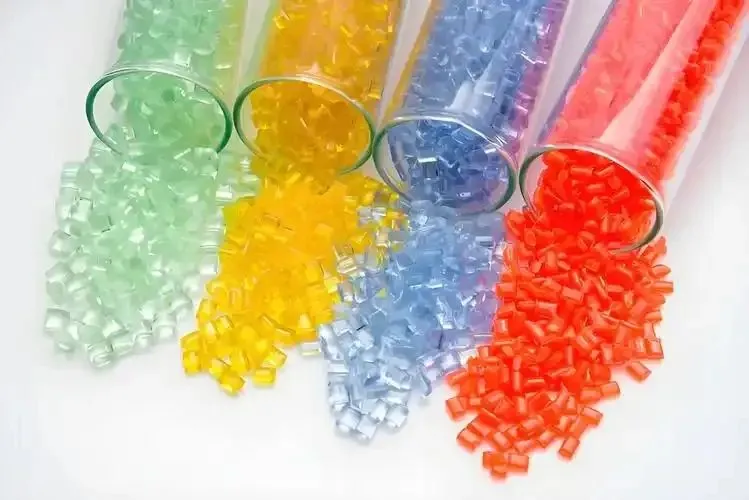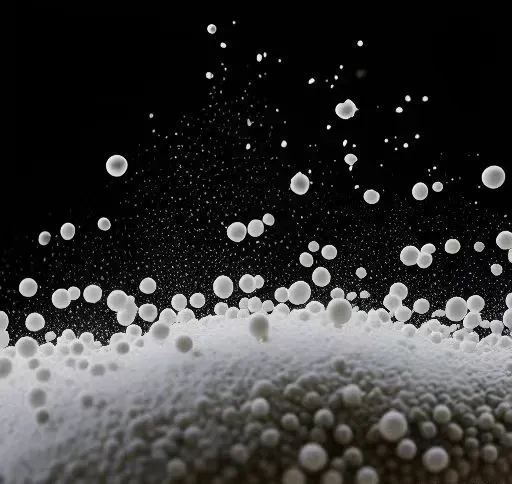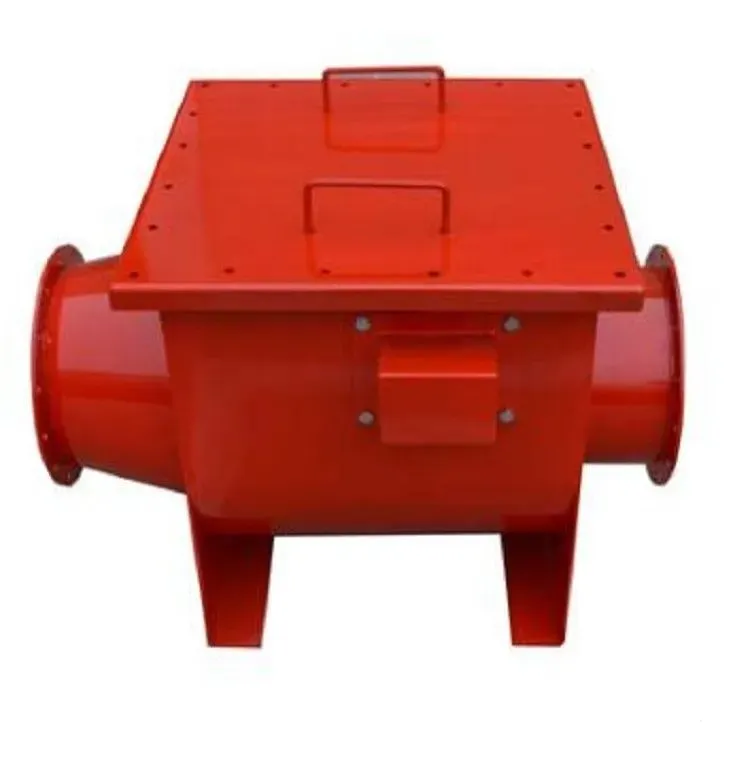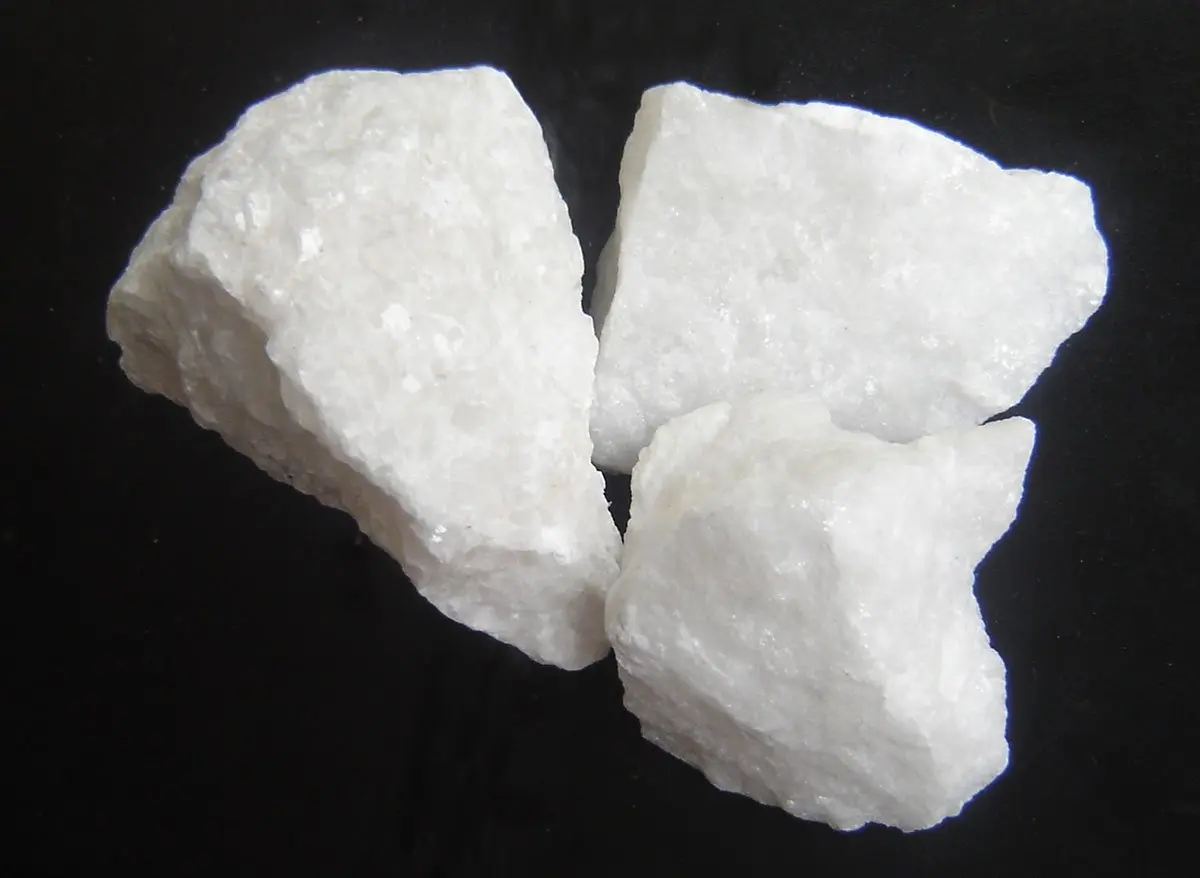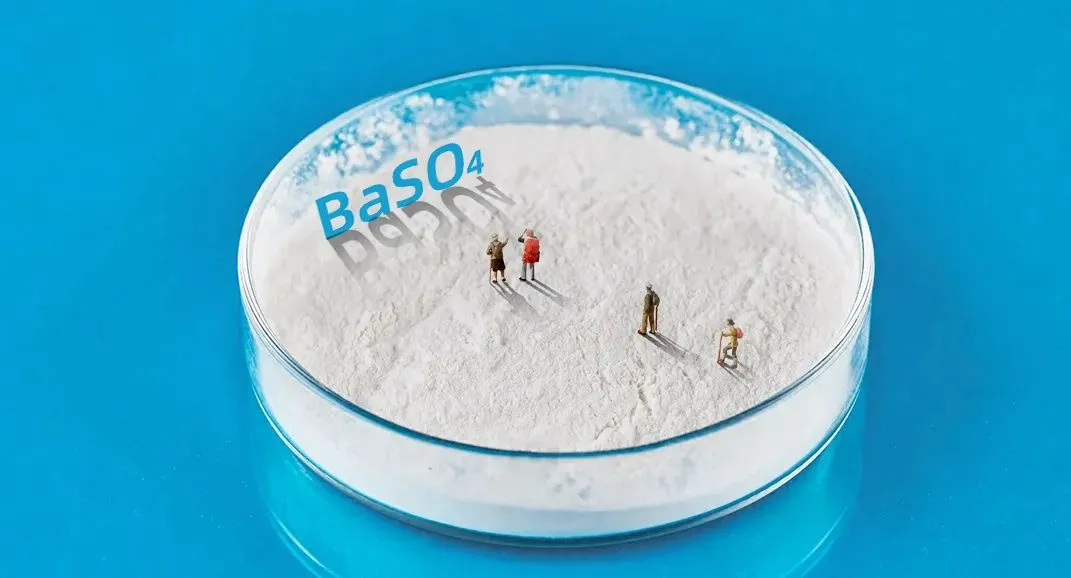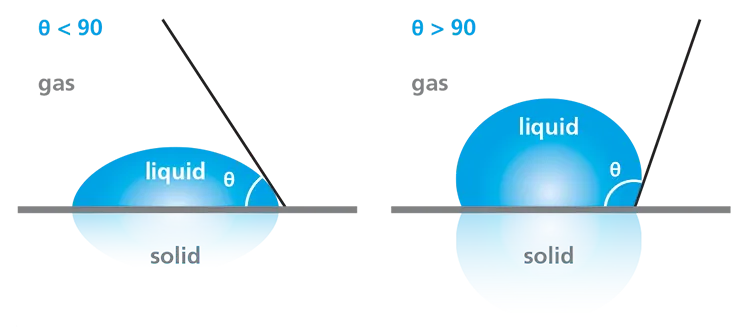When using ball mills, practitioners without much experience often encounter a problem: how to add steel balls to the ball mill according to the proportion of steel ball size? This mainly depends on the various properties of the ball mill, such as: diameter size, ore hardness, ore particle size of the ball mill, steel ball hardness (quality), ball mill speed and other factors.
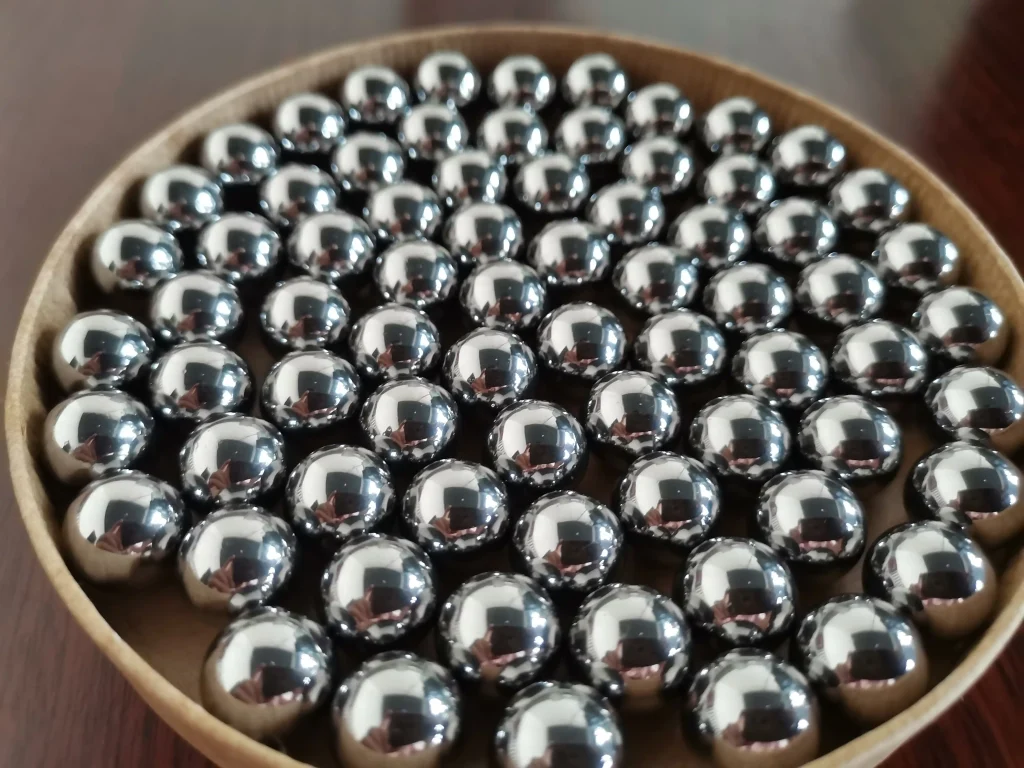
I. Key Principles for Steel Ball Sizing
Material Hardness: The harder the material being ground, the larger the steel balls should be.
Mill Diameter: For larger mills, the greater the impact force necessitates the use of smaller steel balls.
Partition Type: When using double-bin partitions, the steel balls should be smaller than those used in a single-bin partition with the same discharge section.
Ball Distribution: Typically, a four-level ball distribution is used. This means that larger and smaller balls are used in lower quantities, while the middle-sized balls are more prevalent. In other words, there are “fewer at the two ends and more in the middle.”
II. Steel Ball Ratio for High Grinding Efficiency
For optimal grinding efficiency, the following steel ball ratio is considered ideal. This balance ensures the most economical operation of the ball mill:
| Steel Ball Diameter (mm) | Φ100 | Φ80 | Φ60 | Φ40 | Φ20 |
| Mass/Total Loading (%) | 7.50% | 6.90% | 33.50% | 30.10% | 22% |
III. How to Add Steel Balls Based on Size Proportions
When a new ball mill is first installed, it goes through a running-in period. During this time, the initial load of steel balls should be about 80% of the mill’s maximum capacity. The steel balls can be added in proportion to their size (e.g., Φ120mm, Φ100mm, Φ80mm, Φ60mm, Φ40mm), adjusting based on the mill’s operational needs.
Steel Ball Loading and Sizing in Ball Mills
Steel Ball Loading Amount: The total ball loading varies depending on the ball mill model. For example, the MQG1500×3000 ball mill (with a processing capacity of 100-150 tons) has a maximum ball loading of 9.5-10 tons. When adding steel balls for the first time, the distribution is typically as follows:
- Large balls (Φ120mm and Φ100mm): 30%-40%
- Medium balls (Φ80mm): 30%-40%
- Small balls (Φ60mm and Φ40mm): 30%
The weight of the steel balls added should be based on their quality. Higher-quality, wear-resistant steel balls are preferable. The ideal amount of steel balls is 0.8kg per ton of ore for good-quality balls, while general steel balls may require 1-1.2kg per ton of ore.
Steel Ball Size Ratio: The size of the steel balls added depends on the diameter of the ball mill:
- For mills with a diameter less than 2500mm, use Φ100mm, Φ80mm, and Φ60mm balls.
- For mills with a diameter greater than 2500mm, use Φ120mm, Φ100mm, and Φ80mm balls.
IV. Selection of Wear-Resistant Grinding Media (Grinding Balls)
In 1994, China’s building materials industry established the JC/T535-94 “Chromium Alloy Cast Grinding Balls for Building Materials Industry” standard. This was later refined with the national standard GB/T17445-1998 “Casting Grinding Balls,” which outlines the chemical composition, mechanical properties, specifications, and inspection methods for high chromium balls, medium chromium balls, low chromium balls, and bainite ductile iron balls.
V. Properties of High-Quality Grinding Balls
Good quality grinding balls should exhibit the following key properties:
Wear Resistance: The grinding balls must be resistant to various forms of wear, including cutting, deformation, and fatigue peeling. For cutting wear, high hardness is essential. For deformation and fatigue wear, the balls must have high strain fatigue, contact fatigue, and impact fatigue resistance.
Impact Toughness: The grinding balls should have excellent impact resistance, with no breakage occurring under repeated impact conditions.
Hardenability: The balls, particularly the large ones (Φ100mm), must have uniform hardness across the surface to prevent loss of roundness and ensure consistent performance.
Metallurgical Quality: High-quality grinding balls should be produced according to specified standards with no casting defects such as slag inclusion or sand inclusion.
For coarse grinding chambers, high chromium balls are recommended, while for fine grinding, low chromium balls can be used. In wet grinding applications, low chromium balls or forged steel balls are preferred, as the wear resistance of high chromium balls is less effective under corrosive conditions. For enhanced wear resistance, metal-molded cast balls are considered the best choice.
VI. Optimizing the Ball Loading System
A well-designed ball loading system is critical for efficient mill operation. It includes several factors:
- Steel Ball Quality: This refers to the density, hardness, and wear resistance of the steel balls.
- Steel Ball Size: Larger diameter balls generate greater impact forces, while smaller balls help in grinding finer ore particles by increasing the number of impacts per unit time.
- Ball Filling Rate: The smaller the ball diameter (when the filling rate is constant), the greater the number of balls and thus the more frequent the impacts.
For hard, coarse ores, larger diameter, high-density balls are needed for better grinding. However, for fine ore particles, smaller balls are required to improve grinding efficiency. Currently, some concentrators in China add 100mm diameter steel balls regardless of the ore size, which is inefficient and leads to excessive over-crushing and increased steel ball consumption. Larger balls wear out faster, resulting in higher costs.
Suggestions for Replacing Low Chromium and Forged Balls with High Chromium Balls
As industries pursue technological advancements to boost productivity and reduce costs, replacing low chromium and forged steel balls with high chromium balls is becoming an essential innovation.
While low chromium balls and forged steel balls have been widely used in industries like cement manufacturing, thermal power plants, and iron ore mining, their wear resistance is often insufficient. Some domestic manufacturers have tried to replace low chromium and forged balls with high chromium cast balls. However, these efforts have been hindered by poor product quality, lack of wear resistance, and occasional breakage, making them economically unfeasible.
Despite these challenges, the replacement of low chromium and forged balls with high chromium balls represents a major leap forward, especially in industries with demanding milling conditions. For enterprises aiming for growth, continuous improvements in product quality and cost reduction are necessary to reap the full benefits.
In many foreign markets, high chromium alloy cast balls are already the standard. Our researchers have developed high-hardness, high-chromium balls that offer excellent wear resistance, impact resistance, and corrosion resistance. By optimizing chemical composition and heat treatment processes, these balls achieve:
- Hardness (HRC) greater than 56
- Impact value ≥4J/cm²
- Drop durability of over 10,000 times
- Wear resistance that is more than twice that of standard low chromium balls
This innovation highlights the superior wear resistance of high chromium balls, positioning them as the future of grinding media in the industry.
VII. Key Parameters in the Two-Stage Ball Distribution Method
When using the two-stage ball distribution method in mills, several important parameters must be considered:
Large Ball Diameter: Similar to the multi-stage ball distribution, the choice of large ball diameter depends on the particle size of the material being fed into the mill. However, in the two-stage method, the diameter is based on the representative particle size, which is the particle size that constitutes the largest proportion of the material. In practice, the secondary ball diameter from the multi-stage distribution can serve as a reference. For instance, if the maximum ball diameter in a multi-stage distribution is 100mm, a Φ90mm steel ball would be selected for the secondary ball distribution.
Ball Ratio: The ratio between large and small balls must be balanced to ensure that the addition of smaller balls does not compromise the filling rate of the larger ones. Typically, small balls should make up 3% to 5% of the weight of the large balls. In practical applications, it is recommended to start with the lower limit (3%) and adjust according to specific production conditions.
Small Ball Diameter: The size of the small balls depends on the gap between the larger balls, meaning it is related to the diameter of the large balls. According to industry guidelines, the diameter of small balls should be between 13% and 33% of the diameter of the large balls.

